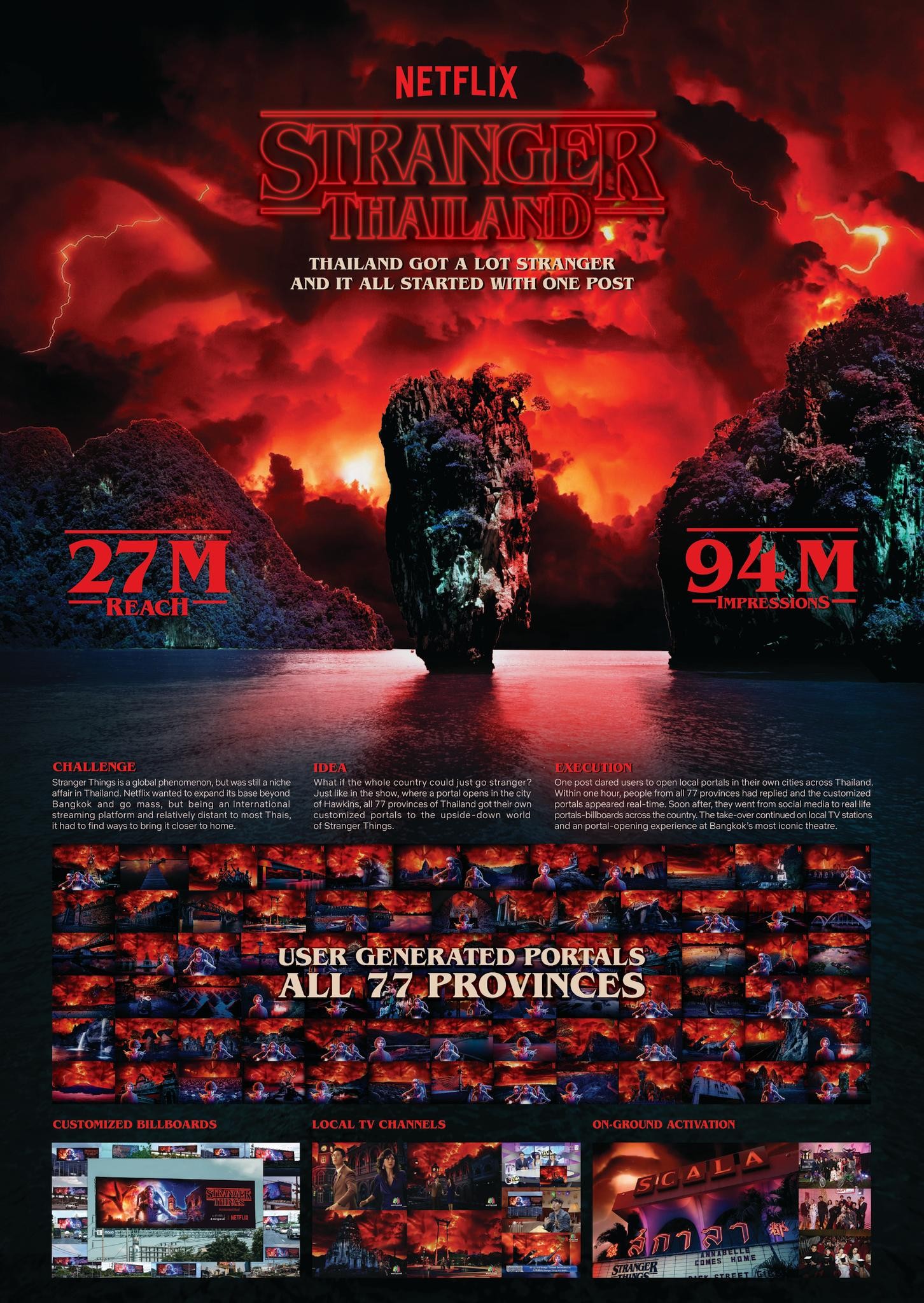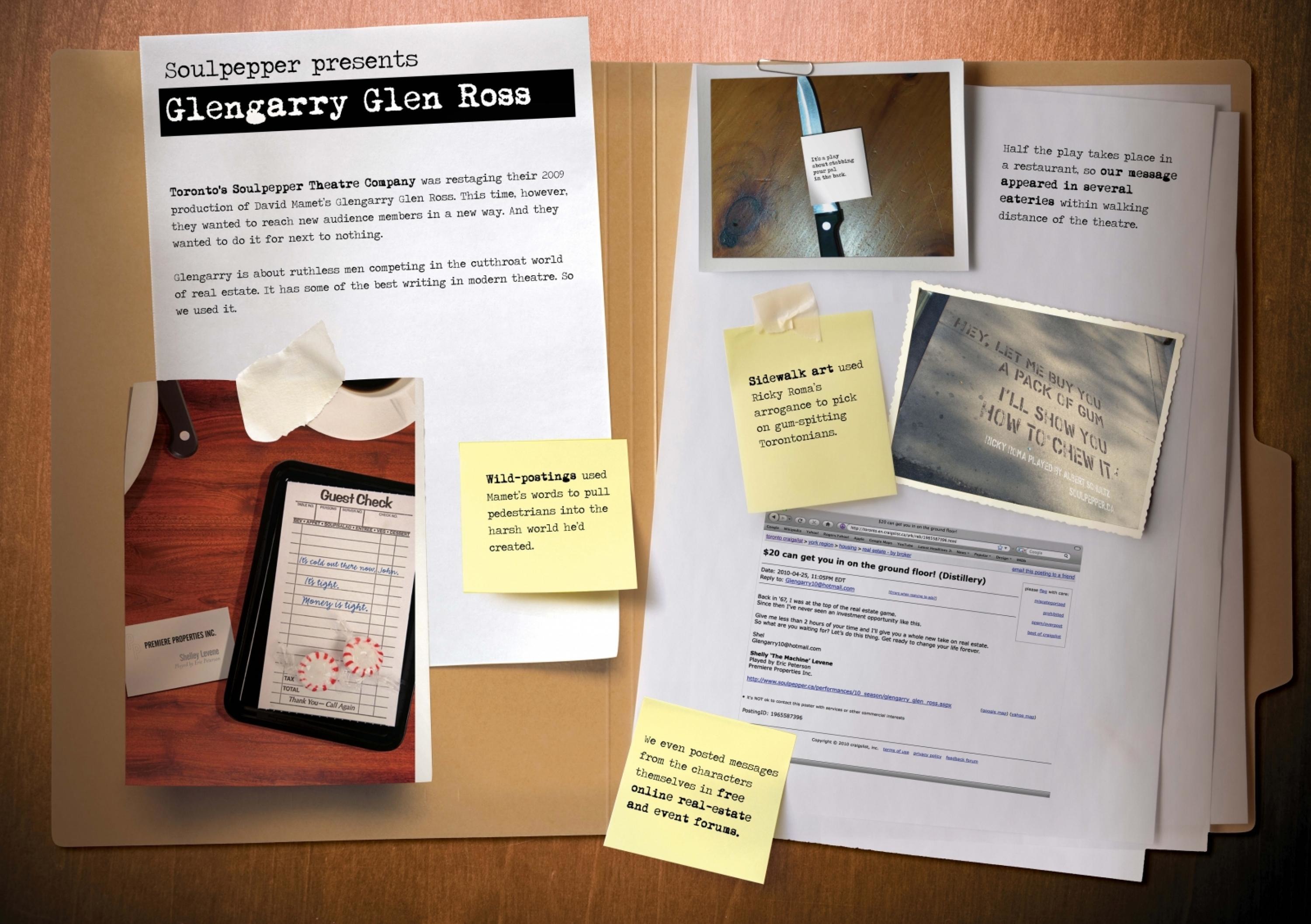Cannes Lions
The Price of Morals Campaign - Squid Game: The Challenge
BBH, New York / NETFLIX / 2024


Overview
Entries
Credits
Overview
Background
Seeking to capitalize on the success of Squid Game, Netflix turned the IP into the most ambitious reality show to date – Squid Game: The Challenge. There were just a couple of problems… There’s little overlap between Squid Game fans and Reality TV show fans. Plus, no one understood how a show built around life or death stakes would work without them.
Briefed to engage both audiences, we tasked creatives with showing how this new Squid Game was the ultimate test of moral character for real people. We then had the challenge to generate interest in the show among reality tv fans and original Squid Game fans alike, driving the show into the Netflix Top 10.
Idea
To promote Netflix’s Squid Game reality show featuring a $4.56M prize, we created The Price of Morals. This digitally-driven campaign highlighted the undeniable human truth that people will break their moral code for money.
To kick things off, we conducted a 50 question nationwide study that put a price on different immoral acts. Ranging from lighthearted (how much to pee in a pool) to life changing (how much to object at your best friend’s wedding), we repurposed the results across every campaign touchpoint. But no matter which execution people saw, the data from our study was always presented in contrast to the show’s grand prize.
We knew that if we could prove to our audience that people will commit immoral acts for next to nothing, they’d be dying to see what contestants would do for millions.
Strategy
The original Squid Game was all about making immoral decisions for a life-changing amount of money. That got us thinking what real people would do for $4.56M prize money – just like the simple game we played as kids: “How much would it cost you to do x?”
From there Netflix, creative and strategy teams worked together to create a list of questionably moral acts to feature in our nationwide study. We considered their geography (NYC, Chicago, LA, Atlanta), the holiday season, as well as context (airport baggage claim, public transit, grocery store parking lots, etc.). Once we aligned on 50 questions, we launched the survey on Pollfish to get a statistically representative sample of America. The median price was then used, allowing us to remove outliers and giving us data that would best capture attention across contextual OOH, film, and social.
Execution
Following the nationwide study to put a price on 50 different immoral acts, we created a variety of digital executions that seamlessly worked together. It all started with hundreds of digital contextual and non-contextual OOH placements across North America.
People at airports saw how much it would take to ride the baggage carousel or give a stranger the wrong directions. Those commuting to work saw how much it would take to drunk dial a boss. And those waiting for the bus? Well, we told them to watch their step because people would leave their dog poop on the sidewalk for $100 on average.
But no matter the line, or the placement, every ad drove to our interactive site.
This is where our design system flourished as we showcased the Price of Morals through animated data visualizations. For example, a simple graph transformed into a wedding cake when people scrolled past results for “How much would it take to object at your best friend’s wedding?”
We even created a psychological test that compared visitors’ answers to the study averages. Depending on where they fall on the spectrum of morality, they were dubbed shameless or flexible. A shareable custom results page then brought the campaign to social so people could let their followers know what type of person they truly are.
In the end, every campaign touchpoint had two things in common. First, it featured our head-turning design system. Second, everything was crafted to make people wonder, “If others would do something immoral for so little, what on earth will contestants do for the $4.56M grand prize?”
Outcome
After fans had questions about how Squid Game would work in a Reality TV format, The Price of Morals turned doubters into viewers. The series quickly became the most-viewed Nonfiction show of 2023, reaching #1 on the U.S. & Global Netflix charts. It then stayed in the top 10 for five additional weeks, including Top 10 placements in nearly 100 different countries.
The show and campaign’s success even inspired people to revisit the original 2021 series, launching it back into Netflix’s Global Top 10 for the first time in years. But people weren’t just watching Squid Game: The Challenge, they were talking about it. One billion organic social impressions made the show the most talked about Nonfiction title ever for Netflix. Not bad for a show that started with its biggest fans questioning if they’d even watch it.
Similar Campaigns
12 items








